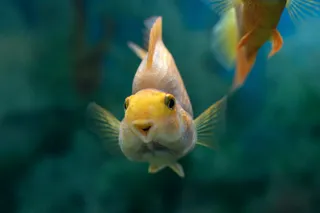If you want to preserve your body so that scientists will dig it up millions of years from now, there are a few standard ways of doing it. You could get buried in sediment, so your bones and other hard tissues turn into stony fossils. You could get trapped in the sap of a tree, which will eventually entomb your body in gorgeous amber. Or if that’s a bit too flashy, try snuggling up in the cocoon of a leech. Leeches and earthworms secrete cocoons of mucus and lay their eggs inside. After a few days, the mucus hardens into a hard protective capsule that’s remarkably resistant to changes in temperature and chemical attacks. These cocoons fossilise very well, and palaeontologists have found many made by prehistoric leeches, dating right back to the Triassic period when dinosaurs first appeared.
To Benjamin Bomfleur from the University of Kansas, these cocoons are ...













